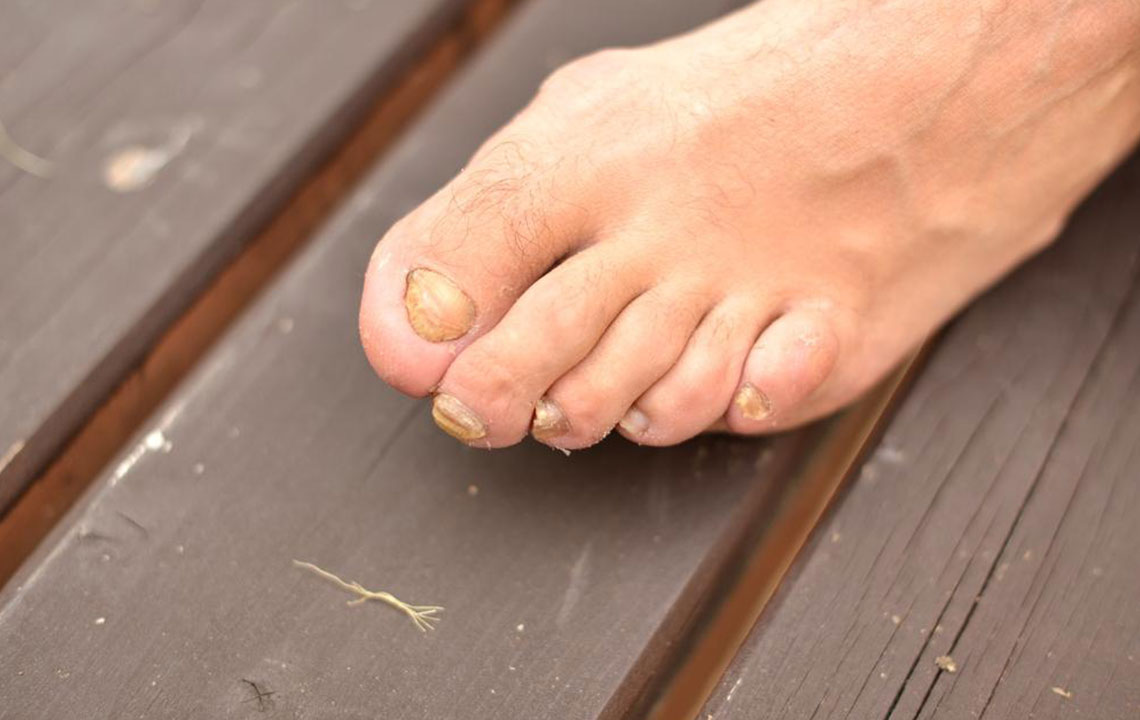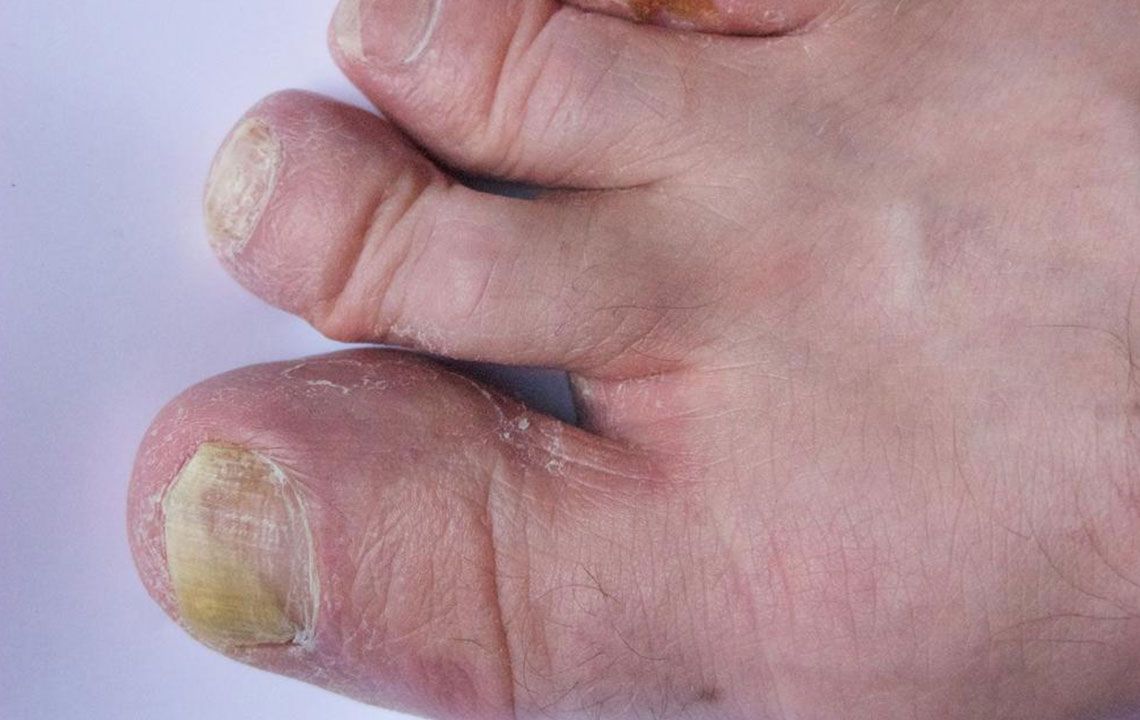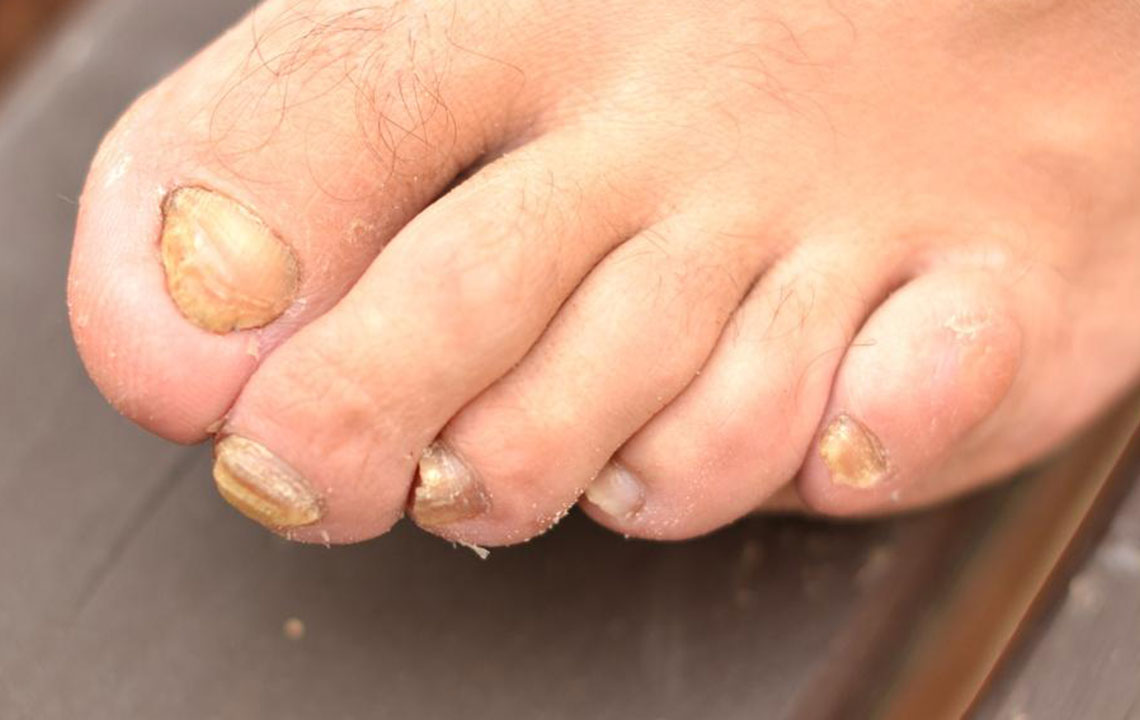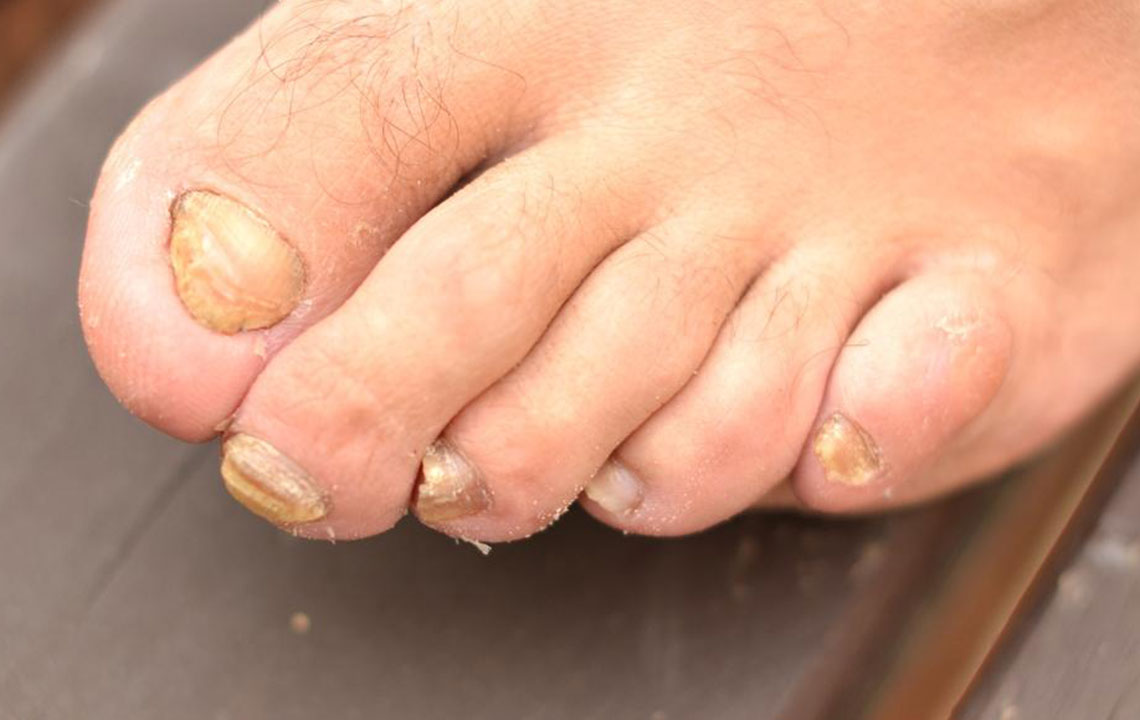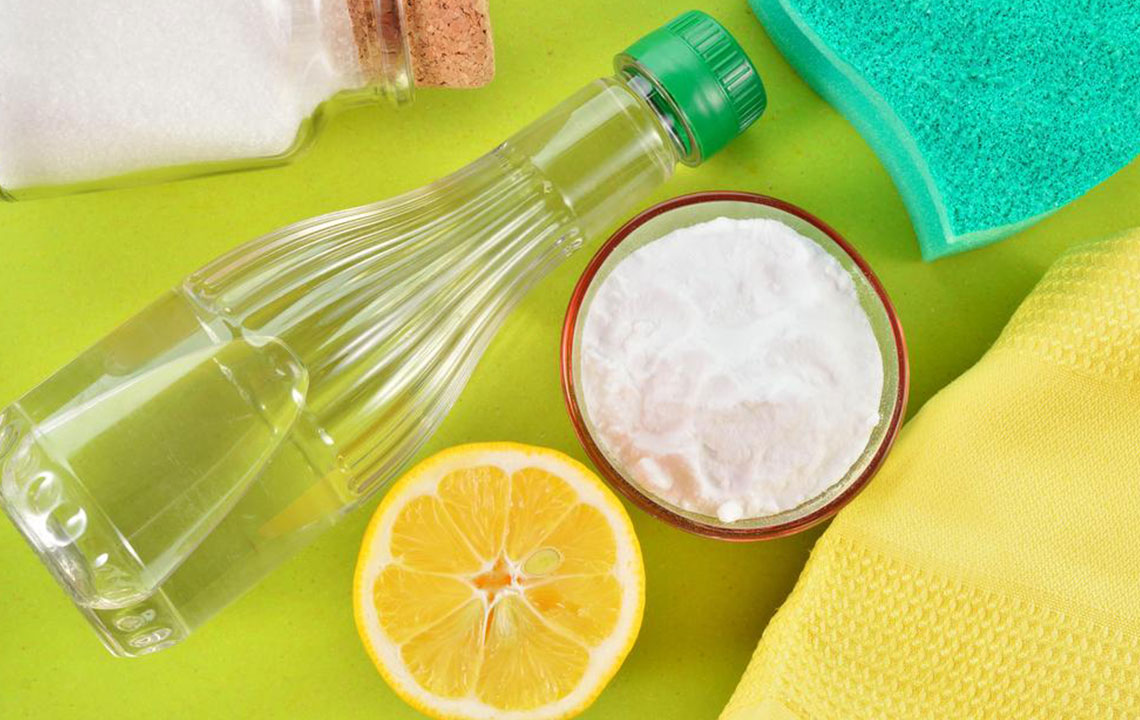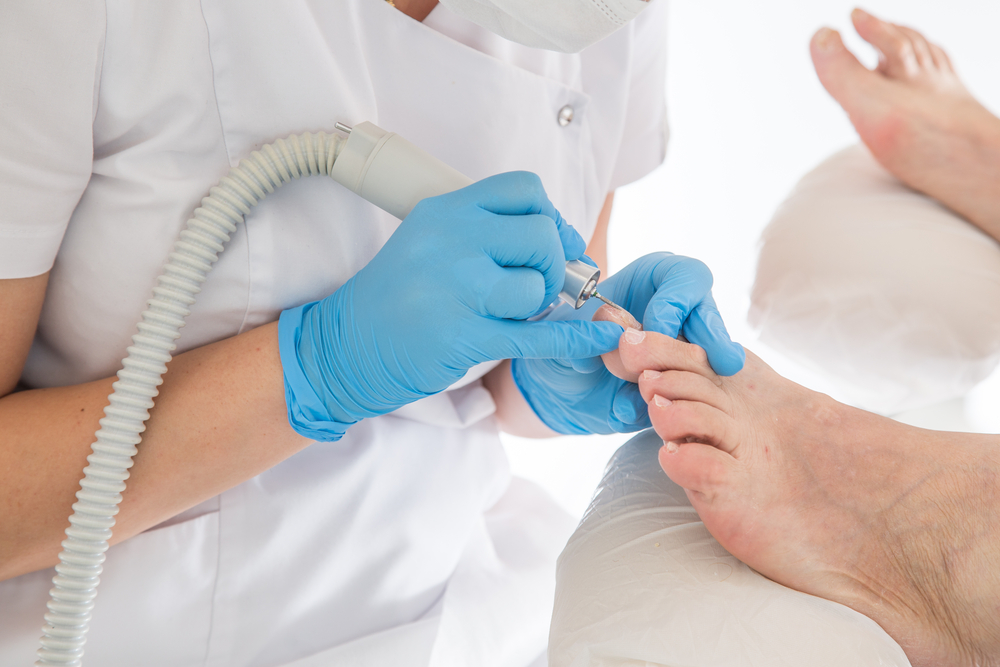Natural Remedies for Toenail Fungus: A Comprehensive Hydrogen Peroxide Treatment Guide
Discover a comprehensive, natural approach to treating toenail fungus with hydrogen peroxide. This detailed guide covers step-by-step instructions, tips for effective application, and prevention strategies to help you restore healthy nails safely and affordably at home.

Effective Strategies Using Hydrogen Peroxide to Treat Toenail Fungus Naturally
Toenail fungus, medically known as onychomycosis, is a common infection caused by fungi invading the nail and surrounding tissue. This condition often develops due to exposure to moist, warm environments such as sweaty shoes, damp socks, or communal areas like swimming pools and locker rooms. Recognizing the signs early is crucial for effective treatment. Initial symptoms typically include a small yellow or white spot under or on the nail surface, which can gradually develop into thickened, brittle, and discolored nails. As the fungus progresses, it may cause discomfort, aching, and sensitivity, particularly when walking or wearing shoes. While many opt for pharmaceutical treatments, natural remedies like hydrogen peroxide offer an accessible, effective alternative with minimal side effects.
Hydrogen peroxide is well-known for its potent antiseptic, disinfectant, and antifungal properties. Its ability to release oxygen upon contact with tissues helps eradicate fungal infections by creating an inhospitable environment for fungi. Given these properties, hydrogen peroxide can be a very effective home remedy for treating toenail fungus, especially when used consistently over time. Besides, being readily available and inexpensive makes it an attractive option for those seeking natural solutions to persistent fungal infections.
Harnessing hydrogen peroxide’s antimicrobial and antifungal properties for toenail fungus treatment can significantly improve the healing process. Soaking affected nails in a hydrogen peroxide solution enhances oxygen supply under the nail, killing the fungi and preventing further growth. For those fed up with the relentless nature of fungal infections, this natural remedy offers a promising solution. It’s simple to perform at home, requires minimal equipment, and can be incorporated into your regular foot care routine for better results.
Step-by-Step Guide to Using Hydrogen Peroxide for Toenail Fungus:
Start by purchasing 3% hydrogen peroxide. Higher concentrations can cause skin irritation or burns, so it’s vital to stick to the recommended dilution.
Mix equal parts of hydrogen peroxide and clean, room-temperature water in a small basin or bowl. For enhanced antifungal action, some practitioners add a splash of white vinegar, which also has antifungal properties.
Submerge the affected nails fully in the solution and soak for approximately 30 minutes. Repeat this process daily, ideally at the same time each day, to maintain consistency. Continue for at least four weeks, and monitor your progress. If after a month there’s no noticeable improvement, consult a healthcare professional for alternative or supplementary treatments.
Alternative Methods and Tips:
For a single infected nail, you can apply hydrogen peroxide directly with a cotton ball. Soak a small piece of cotton in hydrogen peroxide, place it on the nail, and leave it for five minutes. Repeat three to five times daily. This localized approach helps speed up healing for isolated cases. Continue this routine for up to three months to prevent recurrence.
Combining Vinegar and Hydrogen Peroxide:
Mixing equal parts vinegar with hydrogen peroxide creates an even more potent antifungal solution. Soaking the affected nail in this mixture can enhance the killing of fungal spores. Always ensure the nail is completely dry afterward to promote healing, and avoid covering the nail immediately to allow the solution to penetrate effectively.
Maximizing Effectiveness and Practical Tips:
Hydrogen peroxide’s ability to penetrate thick nail layers is critical for reaching and eradicating deep-seated fungi. Consistent daily application is essential to see meaningful improvement. Patience is vital; fungal infections don’t resolve overnight. Diligent use over several weeks increases your chances of success. Remember that combining this with good foot hygiene—such as keeping feet dry, trimming nails properly, and wearing breathable footwear—can further improve outcomes.
Preventive Measures to Combat Toenail Fungus:
Preventative strategies are crucial for avoiding re-infection or new infections. Keep your feet dry by thoroughly drying after washing or sweating. Wear moisture-wicking socks and always favor well-ventilated shoes. Use antifungal powders or sprays inside shoes to inhibit fungal growth. Regularly trim nails and avoid sharing nail clippers or footwear. If you notice any signs of fungal infection, seek prompt medical attention to prevent worsening or spreading of the fungus. Maintaining good foot hygiene and proactive prevention is the key to long-term fungal health.
